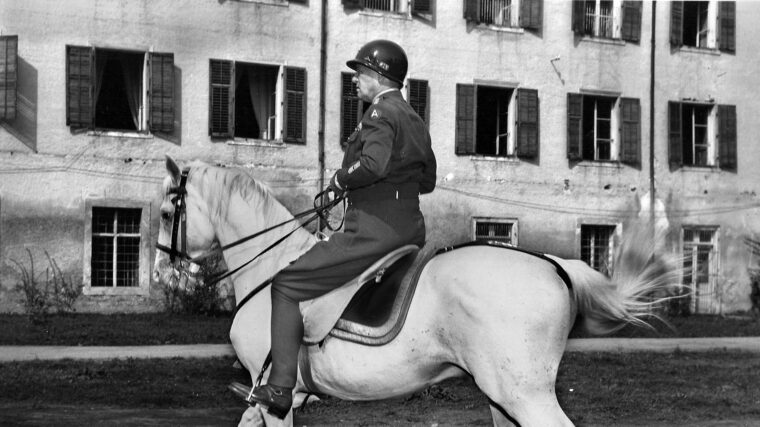
U.S. Third Army
Patton’s Last Command
By Alexander LovelaceThe October light was beginning to fade as the U.S. Army limousine sped along the autobahn in the American Zone of Occupied Germany. Read more
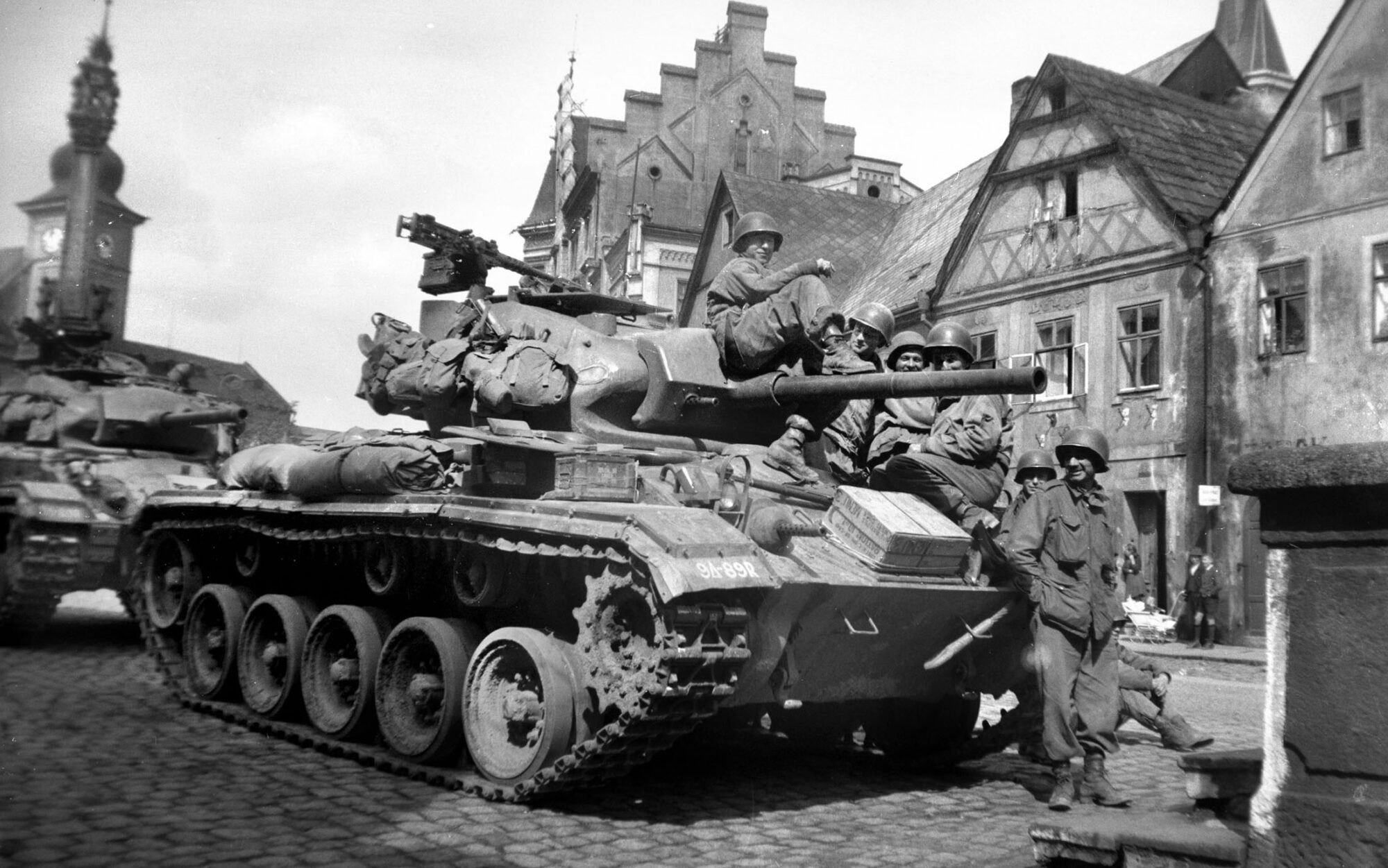
The U.S. Third Army gained fame during World War II while under the command of Lt. Gen. George S. Patton, Jr. Deployed to the Western Front in the summer of 1944, Third Army executed an impressive offensive drive across France, and during the Battle of the Bulge that winter elements of Third Army disengaged from an existing fight, pivoted northward, and relieved the besieged garrison at the Belgian crossroads town of Bastogne.

U.S. Third Army
The October light was beginning to fade as the U.S. Army limousine sped along the autobahn in the American Zone of Occupied Germany. Read more
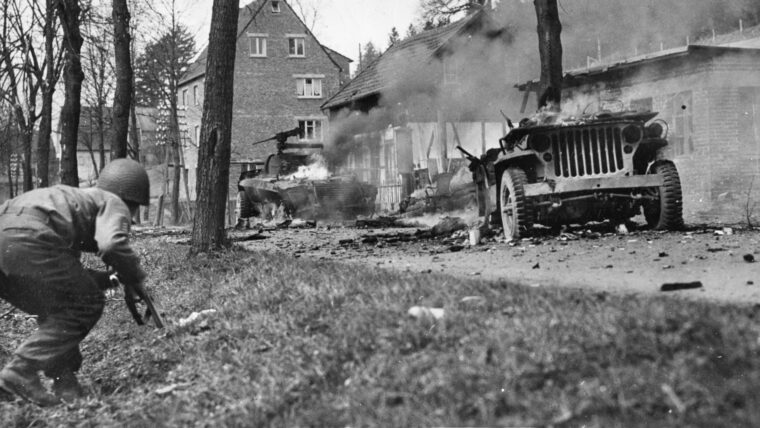
U.S. Third Army
The Messerschmitt Bf-109 fighter plane dove out of the sky with machine guns firing. The pilot’s target—a pontoon bridge being stretched across Germany’s Werra River by American engineers. Read more
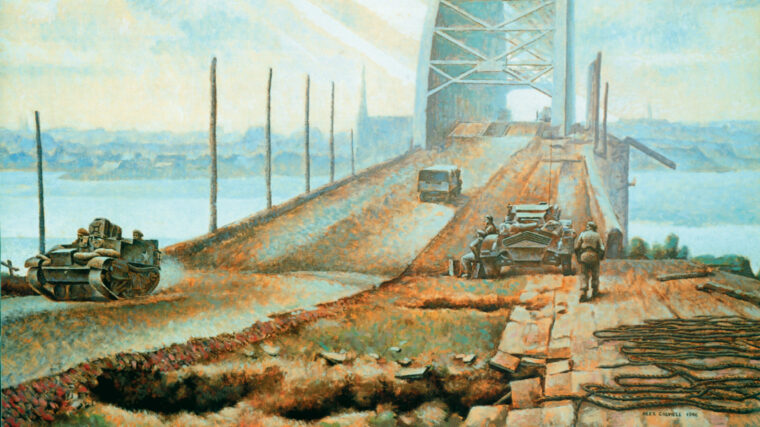
U.S. Third Army
“In the years to come everyone will remember Arnhem, but no one will remember that two American divisions fought their hearts out in the Dutch canal country,” wrote U.S. Read more
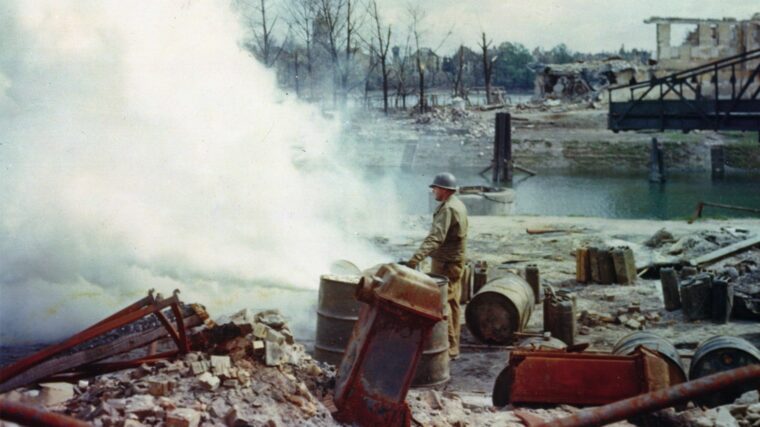
U.S. Third Army
With the defeat of the German Seventh Army and the closing of the Falaise Gap in the summer of 1944, the Allies pursued the retreating enemy across France. Read more

U.S. Third Army
After almost two months of bloody and desperate fighting, the Allies had failed to break through the German defenses that had been limiting their hold on Normandy since D-Day. Read more

U.S. Third Army
The commander of the U.S. Third Army, General George Patton, Jr., took no great pleasure in the end of the war in Europe; he already knew that despite his lobbying of many influential figures in Washington, D.C., Read more
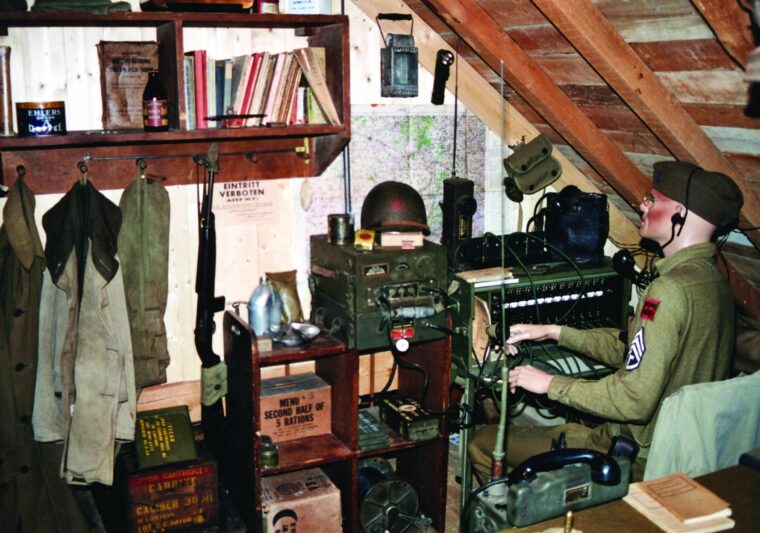
U.S. Third Army
You won’t find the familiar little triangular signs, “Warnung Minen!” hanging on barbed wire today in Western Europe, with one exception. Read more
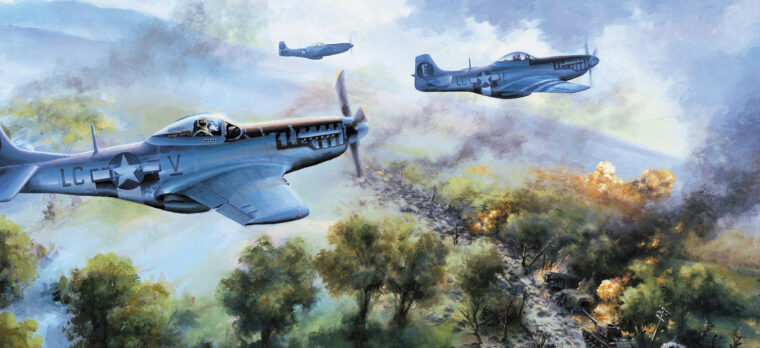
U.S. Third Army
In the summer of 1944, the Third United States Army under Lt. Gen. George S. Patton made a spectacular dash across France, a daring advance that ranks high on the list of great military endeavors. Read more
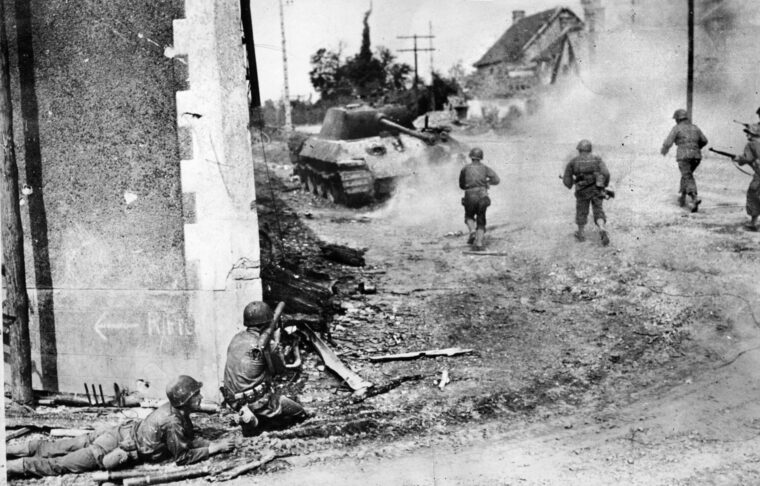
U.S. Third Army
As summer neared its end in early September 1944, the U.S. Army raced across northern France toward the German border. Read more
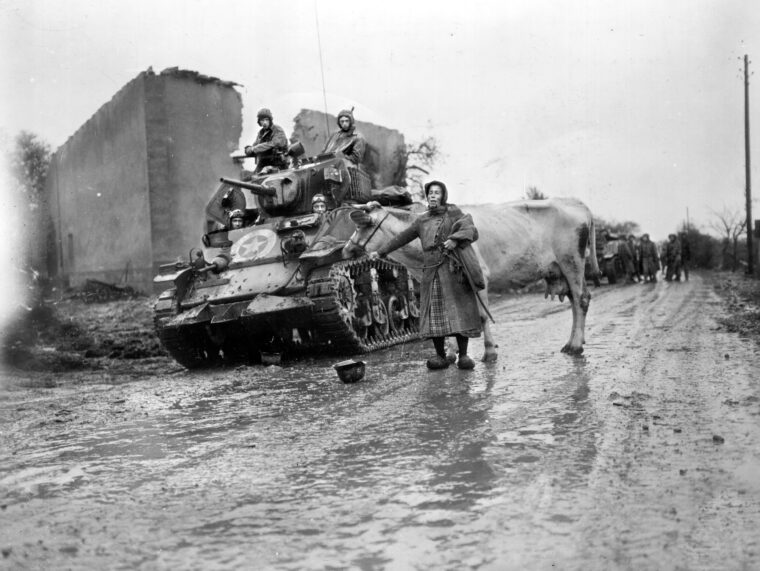
U.S. Third Army
Lieutenant Wessling did not believe that his two 75mm assault guns could effectively deal with the German panzers. Read more
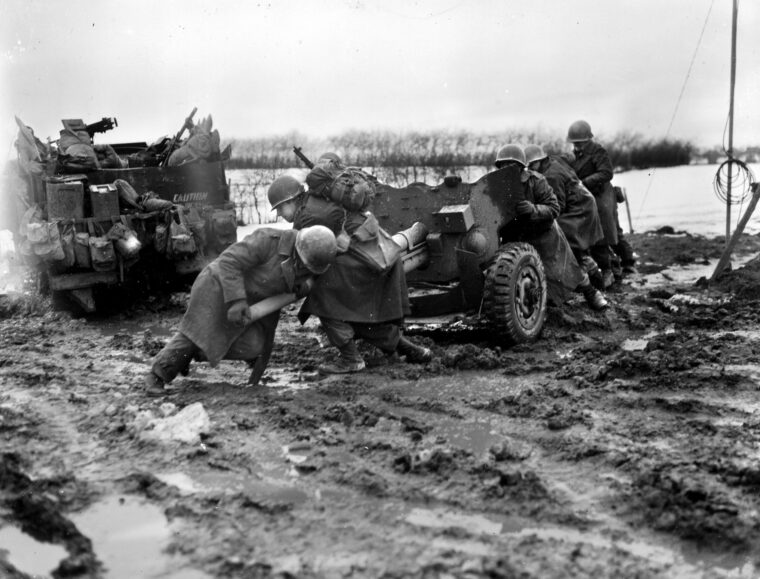
U.S. Third Army
Corporal Frank Sisson spent eight freezing hours in a truck, riding through France toward Belgium. A day earlier, Frank and his fellow GIs of the 667th Field Artillery Battalion, 10th Armored Division lay comfortably billeted in a French town, warm and relatively safe. Read more
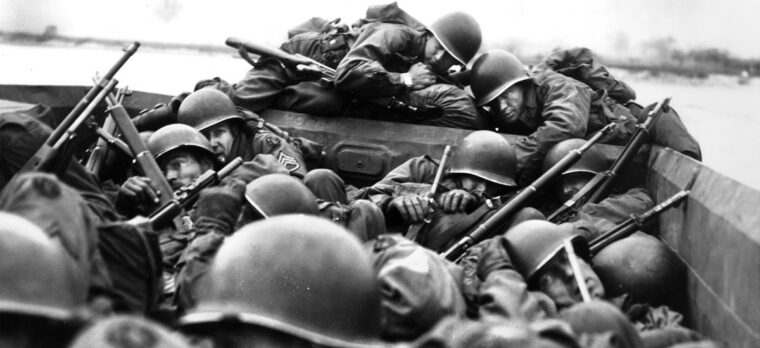
U.S. Third Army
The American Ninth Army’s crossing the Rhine River on March 7, 1945, in the early days of the Battle of Remagen is a well-known chapter of military history. Read more
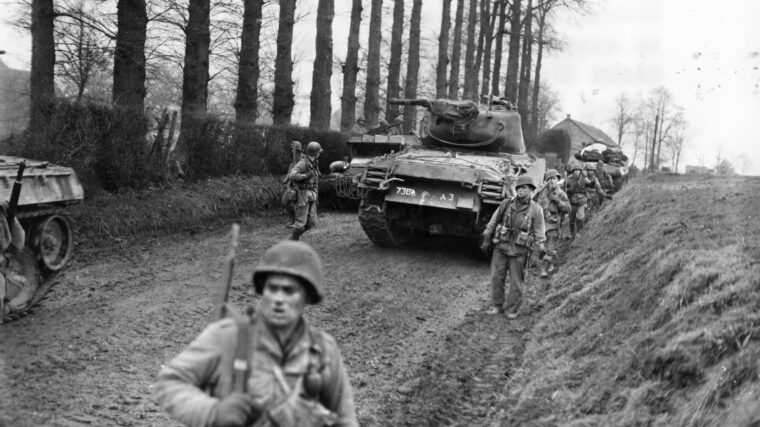
U.S. Third Army
The 83rd U.S. Infantry Division had been mobilized for World War I in September 1917. Its unit patch was a downward-pointing black triangle with the letters O-H-I-O stitched as an abstract gold monogram in the center. Read more
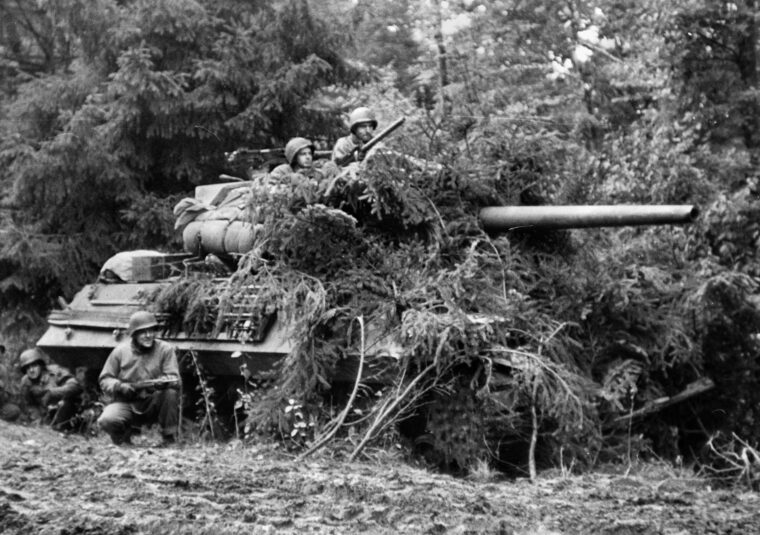
U.S. Third Army
Scouts for the U.S. Third Army on foot and in armored vehicles cautiously approached the town of Luneville on the east side of the Moselle River in the rolling hills of north- eastern France on September 15, 1944. Read more
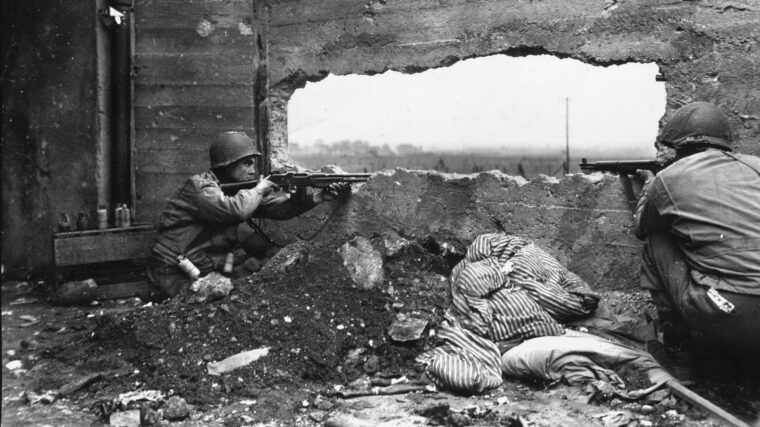
U.S. Third Army
Lieutenant General George Patton’s Third Army had come a long way since it was activated on August 1 in Normandy. Read more
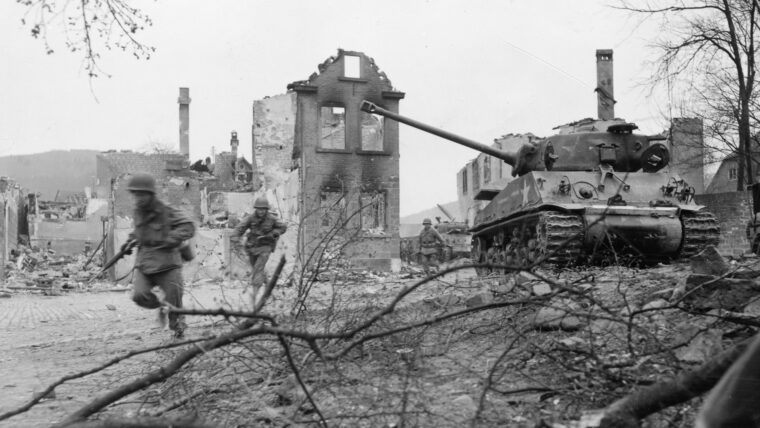
U.S. Third Army
On January 17, 1945, as Allied forces prepared to descend on Germany itself and put an end to the war in Europe, an American tank battalion disappeared. Read more
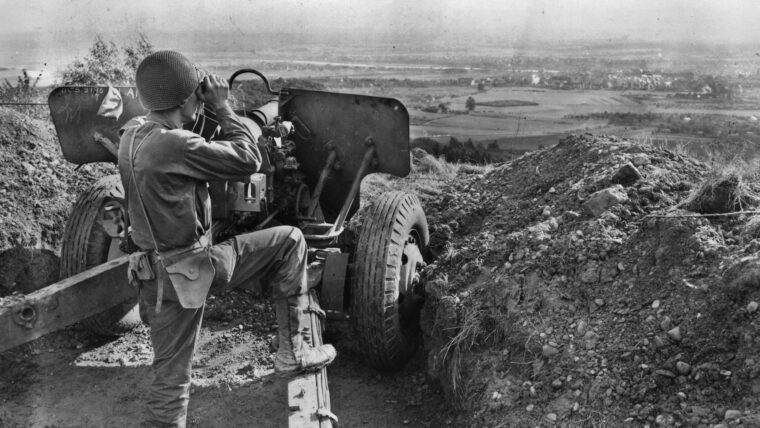
U.S. Third Army
In his autobiography, War As I Knew It, Lieutenant General Patton set the tone for what was to become one of his Third U.S. Read more
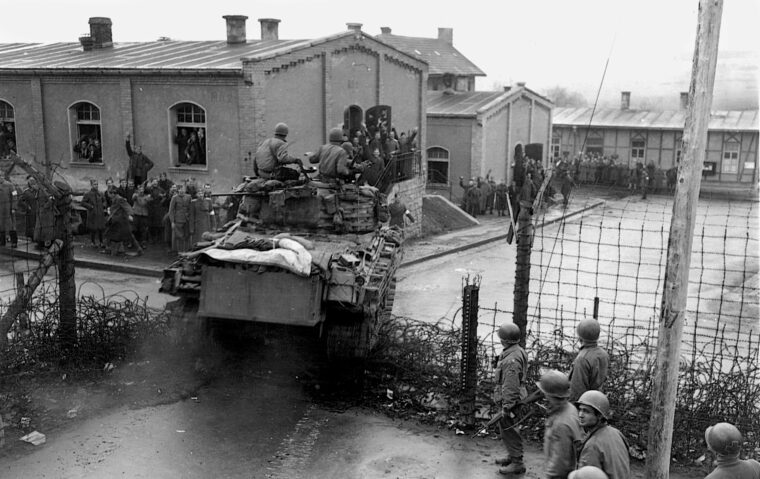
U.S. Third Army
In December 1944 the vaunted Third Reich was in its death throes, crushed by Allied forces on all sides. Read more
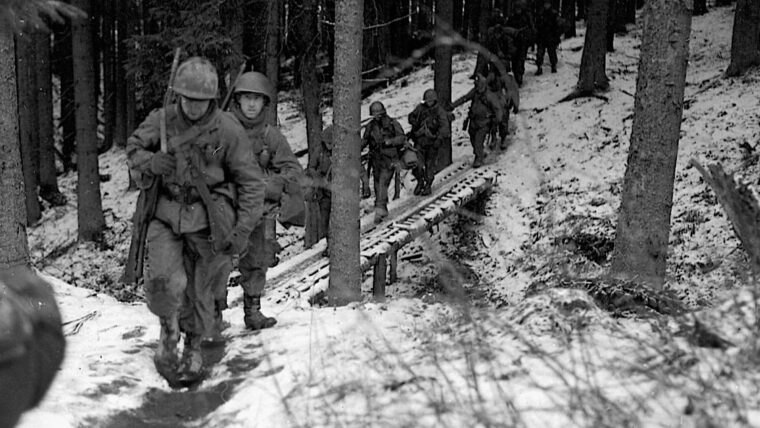
U.S. Third Army
BACKSTORY: Unternehmen Wacht-am-Rhein (Operation Watch on the Rhine), better known in the West as the Battle of the Bulge, had its beginnings following the failed assassination attempt on Adolf Hitler’s life by Colonel Count Claus Schenk von Stauffenberg and a group of other high-level plotters who felt that their Führer was not only leading Germany to defeat but also its doom, and thus had to be eliminated. Read more
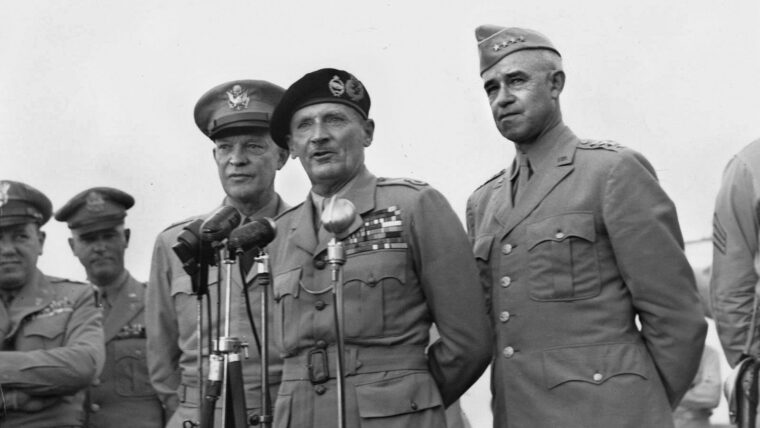
U.S. Third Army
With the exceptions of the Normandy invasion and the Battle of the Bulge, few other World War II battles in the European Theater have received more historical scrutiny than the Battle of the Falaise Gap. Read more